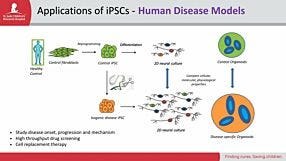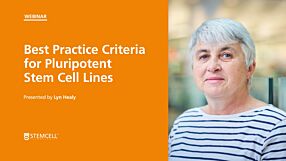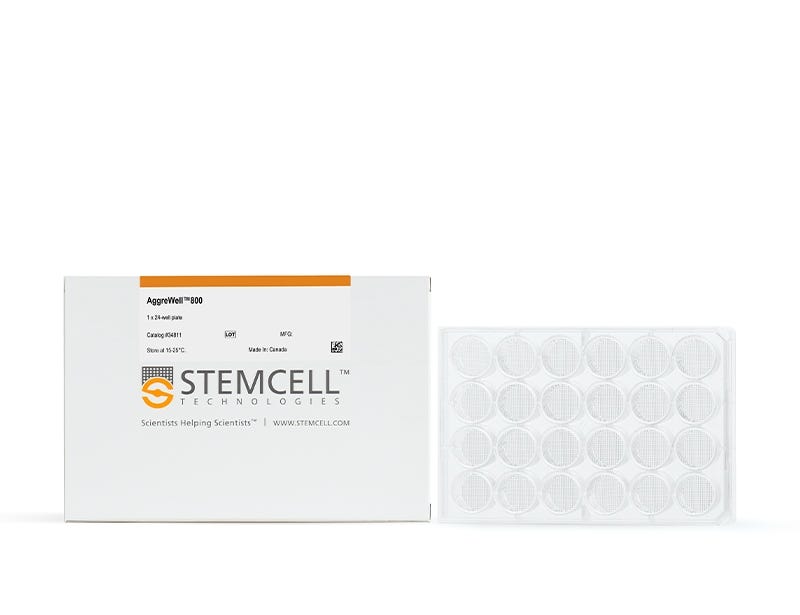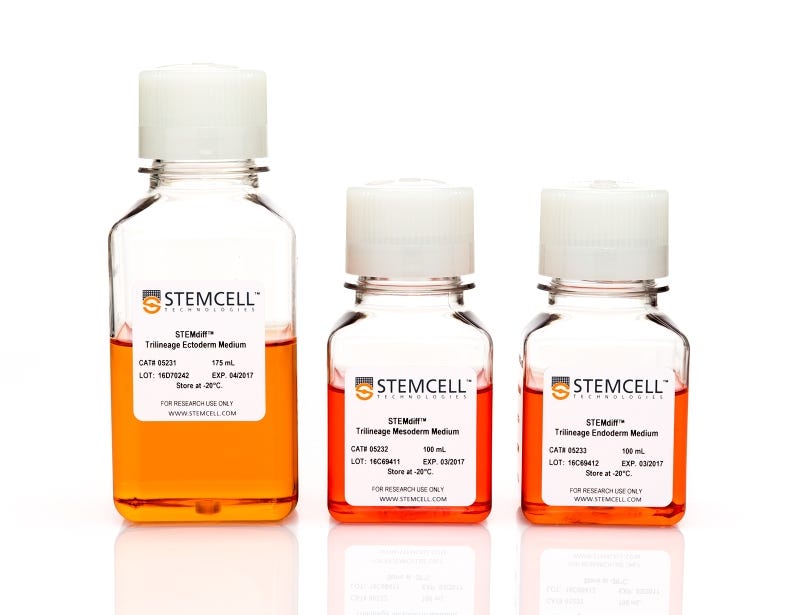iPSCs As Models, Part 1: What Are Induced Pluripotent Stem Cells and How Do You Use Them?
Hear from Dr. Anjana Nityanandam, Director of the Human Stem Cell Lab core facility at St. Jude Children’s Research Hospital, as she provides some introductory examples of how iPSCs are used for disease modeling and walks through how to generate and characterize iPSCs. Learn about quality control measures to improve reliability and reproducibility of data, and how to address interline variability in your experiments.
Hear from Dr. Anjana Nityanandam, Director of the Human Stem Cell Lab core facility at St. Jude Children’s Research Hospital, as she provides some introductory examples of how iPSCs are used for disease modeling and walks through how to generate and characterize iPSCs. Learn about quality control measures to improve reliability and reproducibility of data, and how to address interline variability in your experiments.
Part 1 of 2 of an event hosted by Labroots. Click here to view part 2, deriving brain organoids from iPSCs.
Part 1 of 2 of an event hosted by Labroots. Click here to view part 2, deriving brain organoids from iPSCs.
Publish Date:
September 07, 2021
Request Pricing
Thank you for your interest in this product. Please provide us with your contact information and your local representative will contact you with a customized quote. Where appropriate, they can also assist you with a(n):
Estimated delivery time for your area
Product sample or exclusive offer
In-lab demonstration
By submitting this form, you are providing your consent to STEMCELL Technologies Canada Inc. and its subsidiaries and affiliates (“STEMCELL”) to collect and use your information, and send you newsletters and emails in accordance with our privacy policy. Please contact us with any questions that you may have. You can unsubscribe or change your email preferences at any time.







